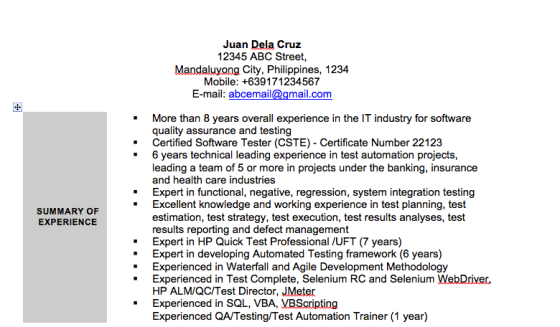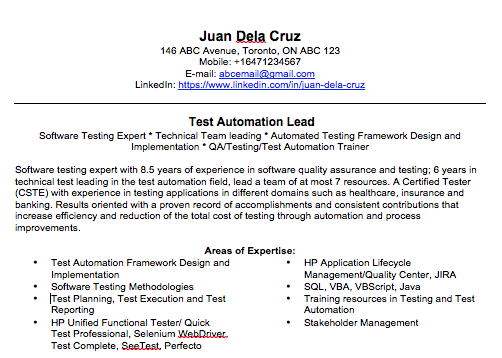Previously I shared about how we got our OHIP and I also talked about getting a family doctor. This is something new to us, or maybe it was called differently in Singapore and in the Philippines but a family doctor as per the settlement.org site are usually the first doctors to diagnose and treat most medical problems. If you need to see a specialist doctor, usually, you need a family doctor to refer you. Family doctors also order laboratory and other tests.
Singapore, I believe (I’ve only been in a clinic once) has General Practitioners which refers you to a specialist and orders lab tests depending on your case. If you go directly to a specialist, without a referral from a GP, usually it will not be covered by your health insurance and it will cost you a lot. I remember paying SGD$200 for the specialist’s professional fee and medicines (yeah, doctors in a clinic usually include medicines in your payment).
In the Philippines, I believe we also have GPs but I think I haven’t been to one. Usually our HMOs cover the fee for specialists so whenever we are sick, we go directly to specialist rather than a GP.
I think both Singapore and Philippines doesn’t tie you to a specific practice or family doctor and you can visit any walk-in clinics without any issue but it’s the other way around here in Canada. When you are tied to a specific family doctor/practice, they strongly advise you not to visit walk-in clinics due to some factors such as your medical records will be scattered and that it will reflect badly on your family doctor for not catering to his/her responsibility to you. Once you enter in a family practice agreement, there is contract between you and the doctor, as well as contract between the doctor and the province that we will take care of almost all of your health needs. Though this is kind of new to me, this link gives a clear discussion on the issue of walk-in clinics vs family doctors.
There are two ways to do this, one is through health care connect and another is to use Ontario’s database for doctors.
So on to our search for a family doctor, we used both Health Care Connect and the doctor’s database. For health care connect, we filled out the online form and waited for them to call us. Note that for you to be eligible for this program you need to:
- not have a family health care provider at this time
- have a valid Ontario Health Card
- have an up-to-date mailing address
The next day, I got a call from Health Care Connect regarding a match and gave us the contact number for us to schedule our first appointment. I called on July 20 and the earliest possible date is September 27, that’s more than two months but we booked the date nonetheless.
For the database search, we filtered the doctor’s location (near our house), language of service (Filipino) and Physician Type (Family Doctor). Database returned quite a few names mostly Filipino doctors and we filtered it out further as to which doctor is the nearest to our location. I called the clinic and was told that they’ll call me in a week or two regarding the Filipino doctor’s availability. True enough, after two weeks they called me asking when we would like to be scheduled.
We had our first appointment last September 7, this is like a meet-and-greet session and the doctor will ask you to undergo some lab tests (also covered by OHIP) in preparation for the first physical exam two weeks after. If you are lacking some vaccines, the doctor will advise you to be vaccinated during the physical exam day (I have to be vaccinated for Hepa A,B and Tetanus). We also learned that children here do not take vitamins and that Cherifer does not work. 😀
So after our first appointment with the Filipino doctor, we felt that he’s the right match for us and I notified health connect that I will not be pursuing their recommended doctor because we already found one.


